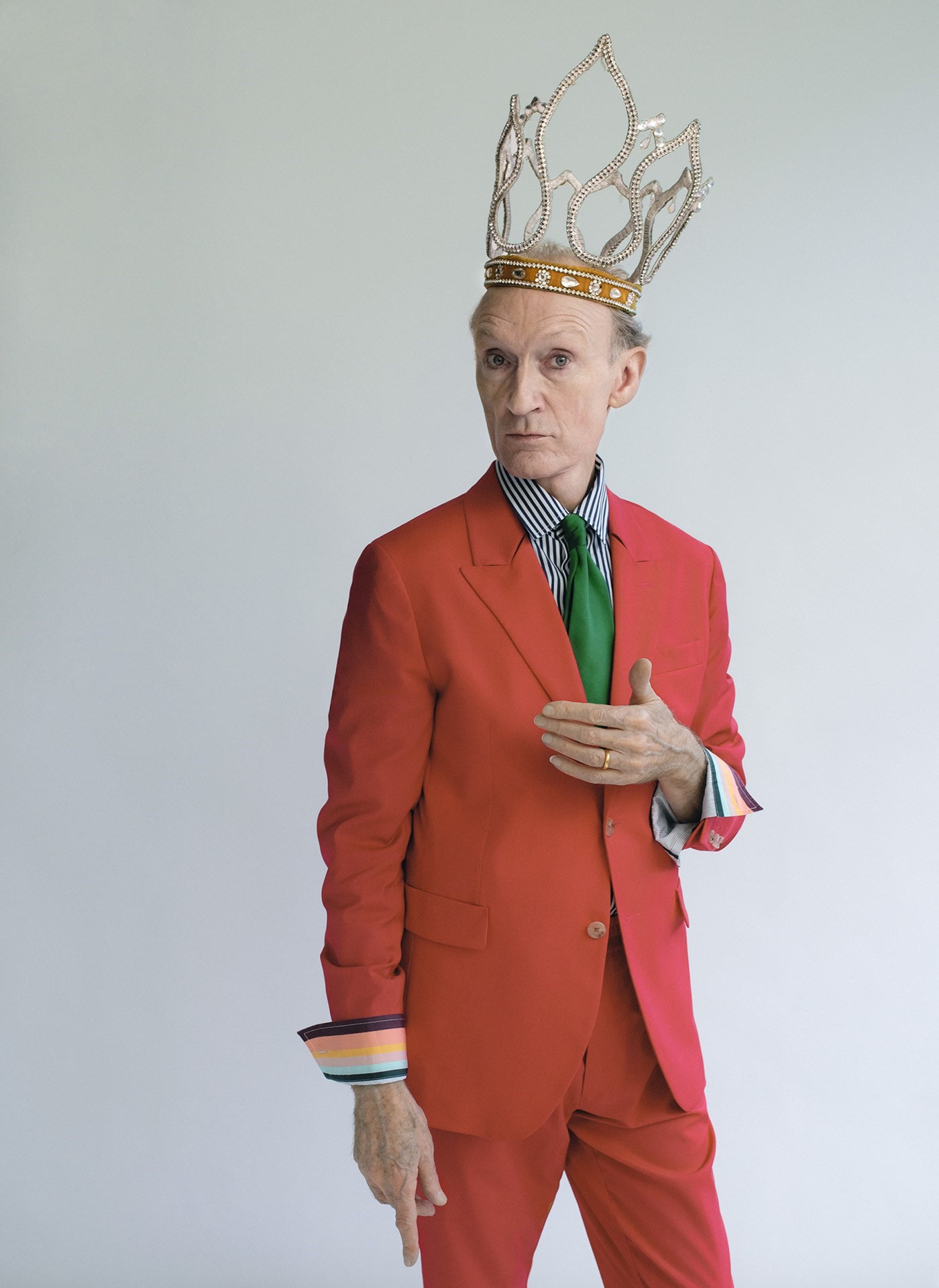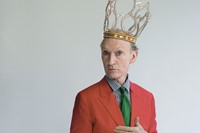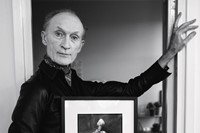Sir Paul Smith and Priya Ahluwalia represent the two poles of British fashion – established and emerging, behemoth and bright young thing. Yet opposites can attract: the pair have formed a supportive relationship based around their similar approach to their chosen profession. Their distinctive brands are built upon a simple, shared premise: clothes should be fun to wear.
It is well known that Smith, born in Beeston, just a few miles from Nottingham, grew up with aspirations of becoming a cyclist but, following an accident and three months in hospital, decided to try his luck in the clothes-making trade instead. In 1970, he opened his first shop in that city; now, with 132 Paul Smith stores in more than 60 countries, and a knighthood for services to British fashion, the septuagenarian designer is an international household name, lauded for his fusion of tradition and modernity. His designs are, in Smith’s own words, “classic with a twist” – a turn of phrase that borders on cliché today, but a terminology and ideology that Smith invented. His clothes are simultaneously functional and whimsical, eccentric and elegant and, accordingly, infused with a quintessentially British sense of humour – slick suiting in unexpected colours with flashes of patterned linings, beaming us back to the glorious Sixties dandyism of Mr Fish and Granny Takes a Trip.
Ahluwalia, by contrast, is still forging her reputation. But she’s doing it fast. A born and bred Londoner, she launched her label Ahluwalia in 2018, after completing a master’s in menswear at the University of Westminster. Now 28, the designer came to the attention of buyers and press with her graduation collection, which explored the potential of existing textiles – such as vintage and deadstock fabrics – and celebrated her dual Indian-Nigerian heritage, as well as her upbringing in London. Having self-published two books – Sweet Lassi (2018) and Jalebi (2020), featuring photographs taken in Panipat, India, and Southall, west London, respectively – Ahluwalia has won a host of awards for her design work. The most recent was the prestigious LVMH Prize for 2020.
Smith and Ahluwalia came into contact through a mutual friend, the photographer Julian Broad, who suggested they connect. Smith emailed Ahluwalia and invited her to his studio for a cup of tea; a friendship was born and there are whispers of a collaboration in the air. Here, the pair discuss London, emerging as a designer then and now, and their hopes for the future of fashion.
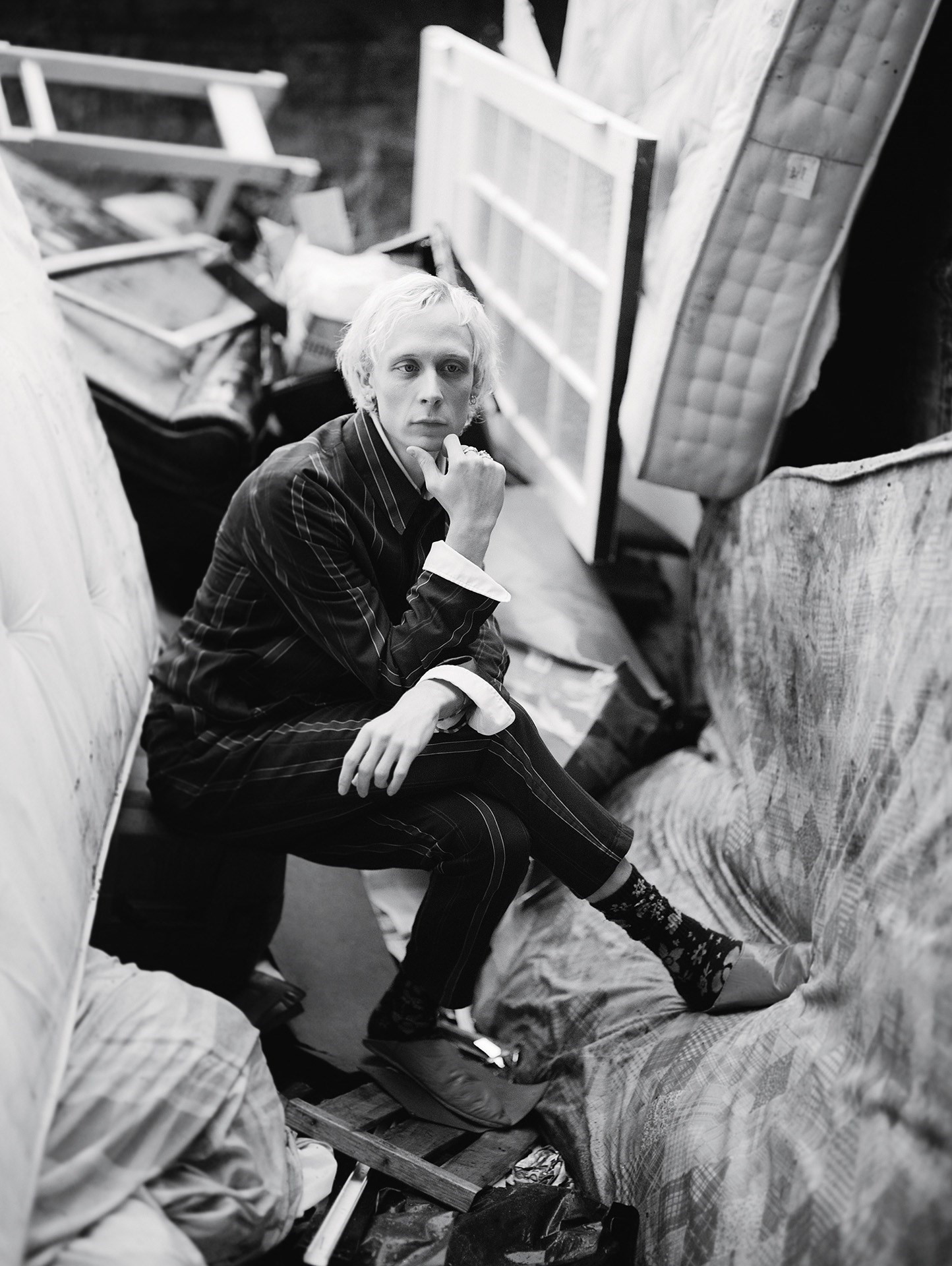
Paul Smith: My first impression of your work, Priya, was that it was so exciting to see something that was a bit alternative but still wearable. Often, especially with student shows, you see extreme fashion that can’t be turned into reality, or if it were turned into reality, wouldn’t sell. But you have got this lovely balance of being able to do things that are more maverick, more unusual, and have character.
Priya Ahluwalia: Paul Smith as a brand, and as a person, is a national treasure. It’s something that I grew up with. You can’t be British without knowing what Paul Smith is or having some idea about that or some connection to it. I was just really inspired by how you made really suave and beautiful clothing, but how it’s always with a fun sensibility. I think we share this idea that, at the end of the day, clothing is only clothing. It should be enjoyed.
PS: You enjoyed the office, didn’t you?
PA: Yeah, your HQ is incredible. It’s kind of like Willy Wonka’s chocolate factory – you’re like fashion’s Willy Wonka. When I was there, it was so nice because I got to go around and speak to everyone. There’s also so much to look at and such an archive of treasures – again, that’s the kind of fun and really quirky side of the creative [process] that I like. When we met, we were just talking about creating an environment, and that’s something I really admire and would love to foster in my own business – this idea that we don’t have to be fashion-horrible-gremlin-people who scream at everyone and make everyone uncomfortable. Actually, we want to create business in a community of people who support one another. I really admire that and that’s something I want to carry on through my own work.

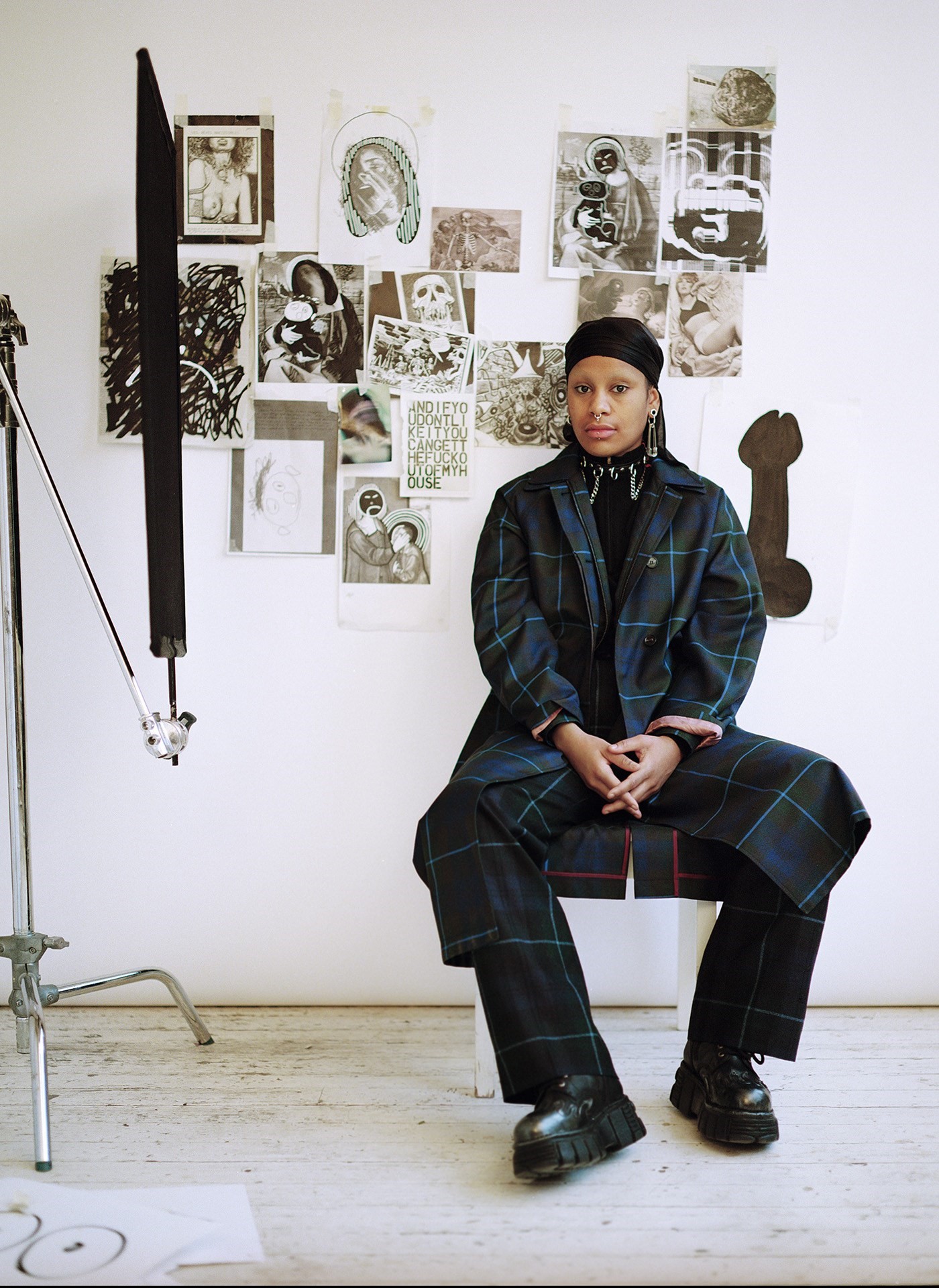
PS: I think we both have a curiosity about life and we have a love of life. You can’t really help but enjoy being with you. The curiosity in my office is evident – it’s just full of stuff, which is rich or beautiful, low or high cost, valuable or not valuable. That is all totally equal to me. Everything in this room is equal because it all has a reason to exist, and so I think I could feel that from you, especially from sourcing lovely old fabrics and putting them together. Trying to make a mark as a designer is really tough these days, but you’ve definitely done that already. Your work immediately feels like London work to me. I don’t know what that means, but it just does in my heart. You’re a London girl.
PA: That’s very nice to hear. I was born in London, I’ve lived here all my life, so it’s just a natural thing. I also have this multicultural view of London, which is present in my work because of my mixed heritage. I also think it’s because London, compared to the other fashion capitals, is the most supportive of younger brands, so you can be quite fearless.
PS: Exactly. The universities here in London are so multicultural. It’s fantastic. There’s this gold mine of talent just bubbling away all the time and all the different languages, the different types of food, the different references from the students who come here. Not just in fashion – the London School of Music, the Royal Academy of Music, Imperial College of Science. Just the amount of people from all these different countries.
When I first started 100 years ago, which is what it feels like, you could say that Paul Smith was a British designer, because I could only afford to buy fabrics that were in stock in this country, so it was always tweed or corduroy or whatever. That’s how the coloured lining came about, and the different coloured buttons – the fabric I was working with was so basic, I thought, “Well, nobody’s going to buy clothes from me. Why should they, because they’re fabrics that you could buy anywhere?” I sold two [suits], then slowly I built a business. And so I was quintessentially a British designer then, but now you have to be an international designer, really, because we sell in more than 60 countries and people are looking for clothes that are of now and feel comfortable, [with needs that] can change so radically from year to year.
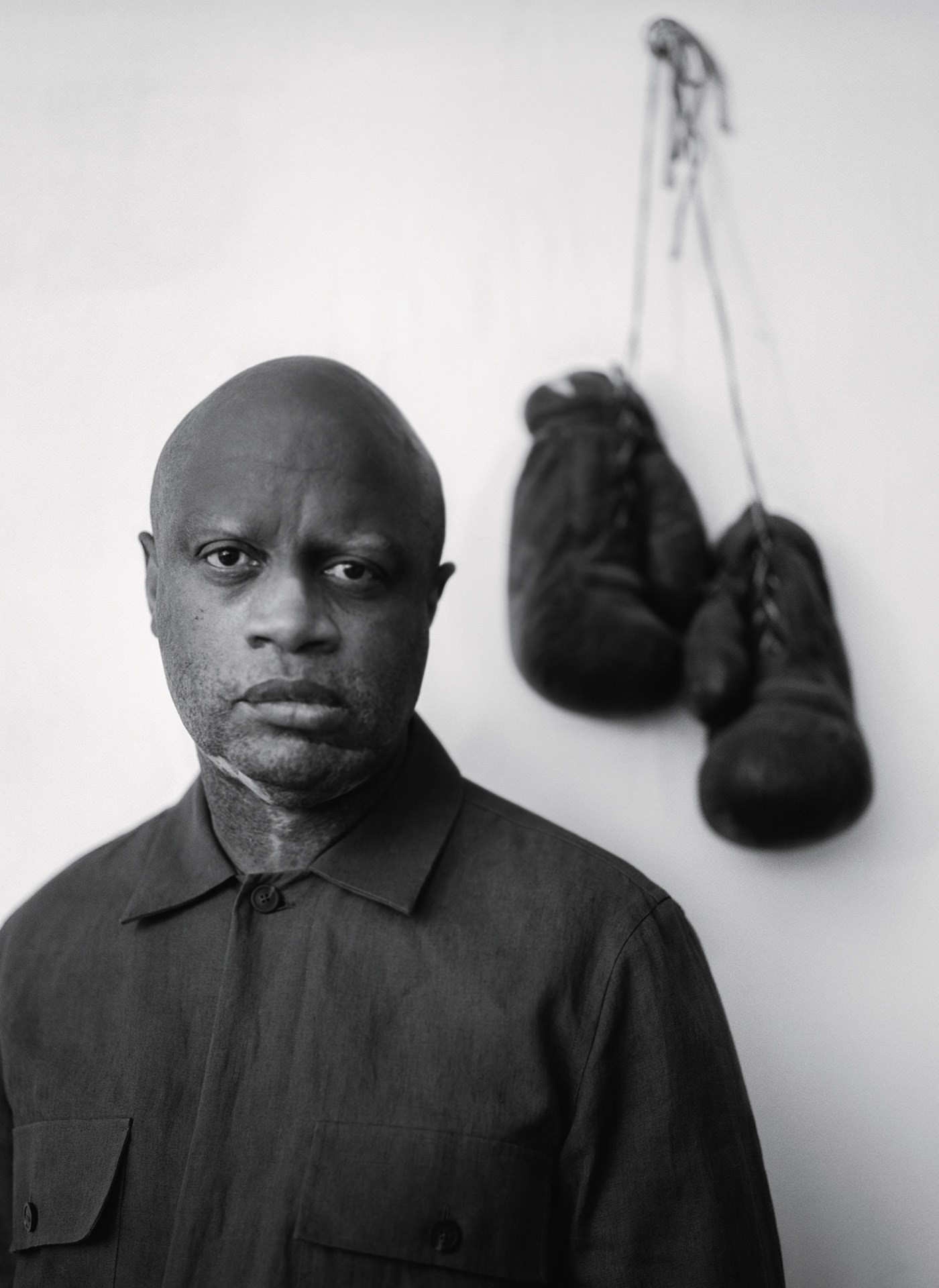
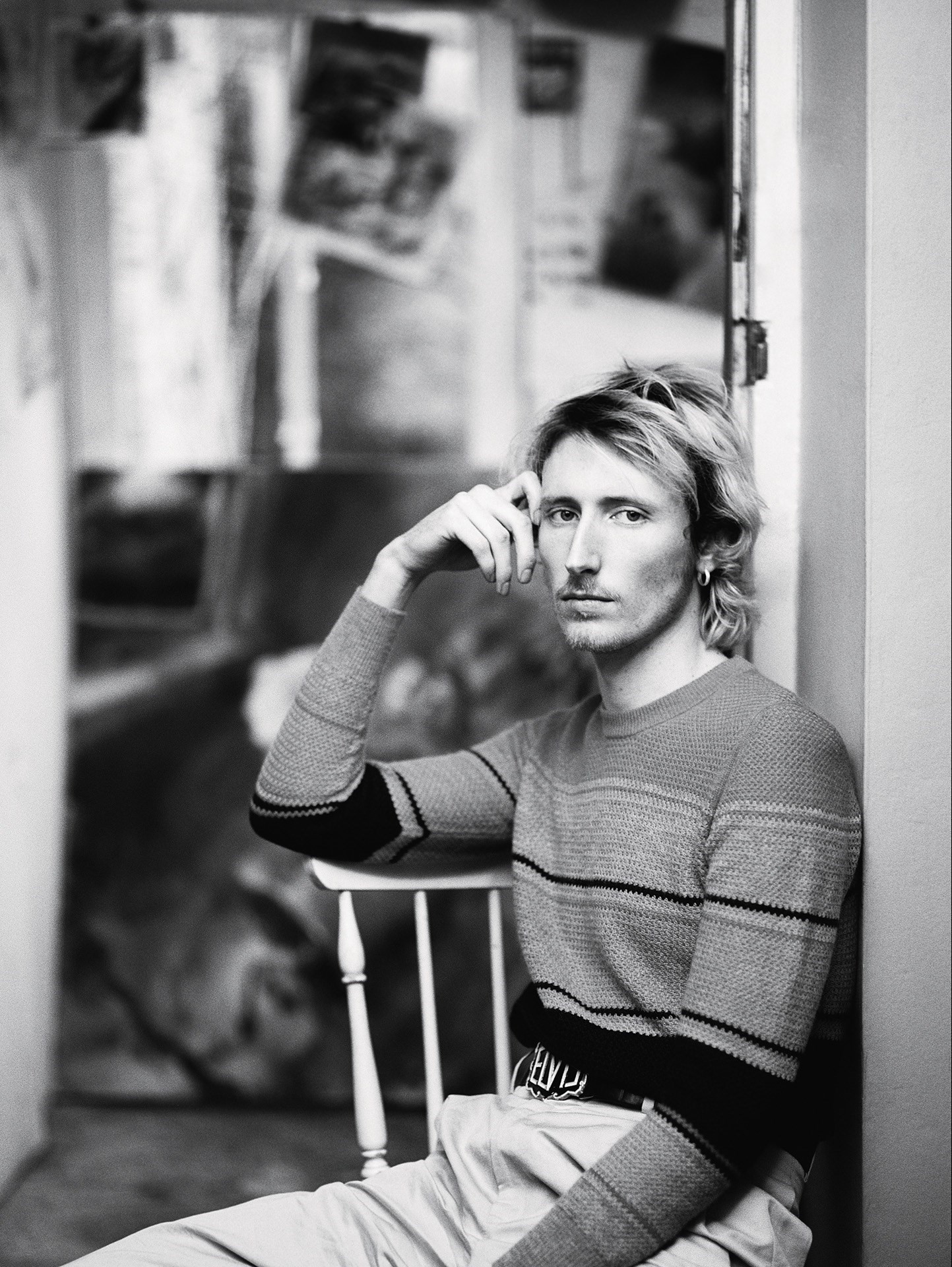
PA: Being an emerging designer before seems to have been much more romantic – much more about just starting something. Now, you have to be a creative director, you have to be a financial person, you’ve got to think about globalisation. From the minute you start, you’re thinking about how you can get content to reach different parts of the world. I feel like, at the moment, my job is maybe 10 per cent design. I wish it were more, I really do, but a lot of it is strategising.
PS: That’s what’s so clever about you, because you’ve just got it very clear in your head. When I started, it was about having an idea in your head and in your heart and designing it and hoping somebody liked it. We didn’t even know what marketing was or social media – obviously there was no social media back then. It’s bonkers now. You seem to have hit the nail on the head – it used to be very romantic and now it has to be so much more considered. Sadly, I suppose.
The amazing thing is that you have already made yourself distinctive by exploring sustainability, by using all those fabrics and mixing them in a really interesting way, as opposed to doing a collection of well-cut, interesting fashion with the fabric coming from established mills. If we end up doing things together, hopefully we can take the principle of what you do, but do it in a slightly bigger way. I think that’s the future.
PA: I feel sorry for fashion students at this moment because of the lack of shows and presentations, which can help put your name on the map. If I were to give any advice to them, I would say maybe wait a little and think about how you can make a splash. The generation at university now is much more digitally focused than I am – I’m about to turn 28, so I’m behind, I don’t use TikTok or things like that. They should think about how they can utilise their amazing digital skills. You can get so much reach by doing something digitally and get noticed that way. Take the time to figure out what you want to say and what you want to do, and then think about the interesting or funny ways that will get you noticed.
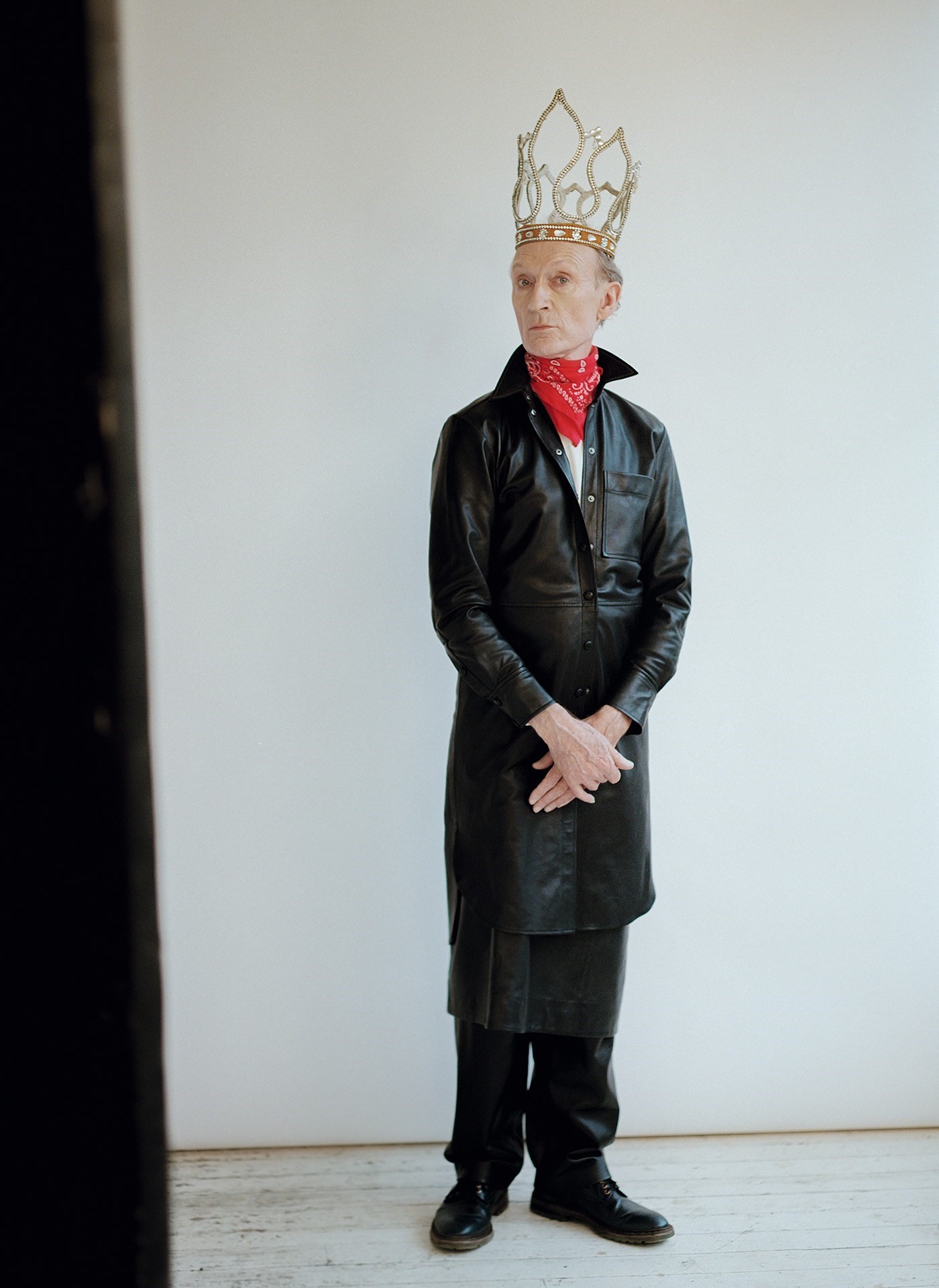
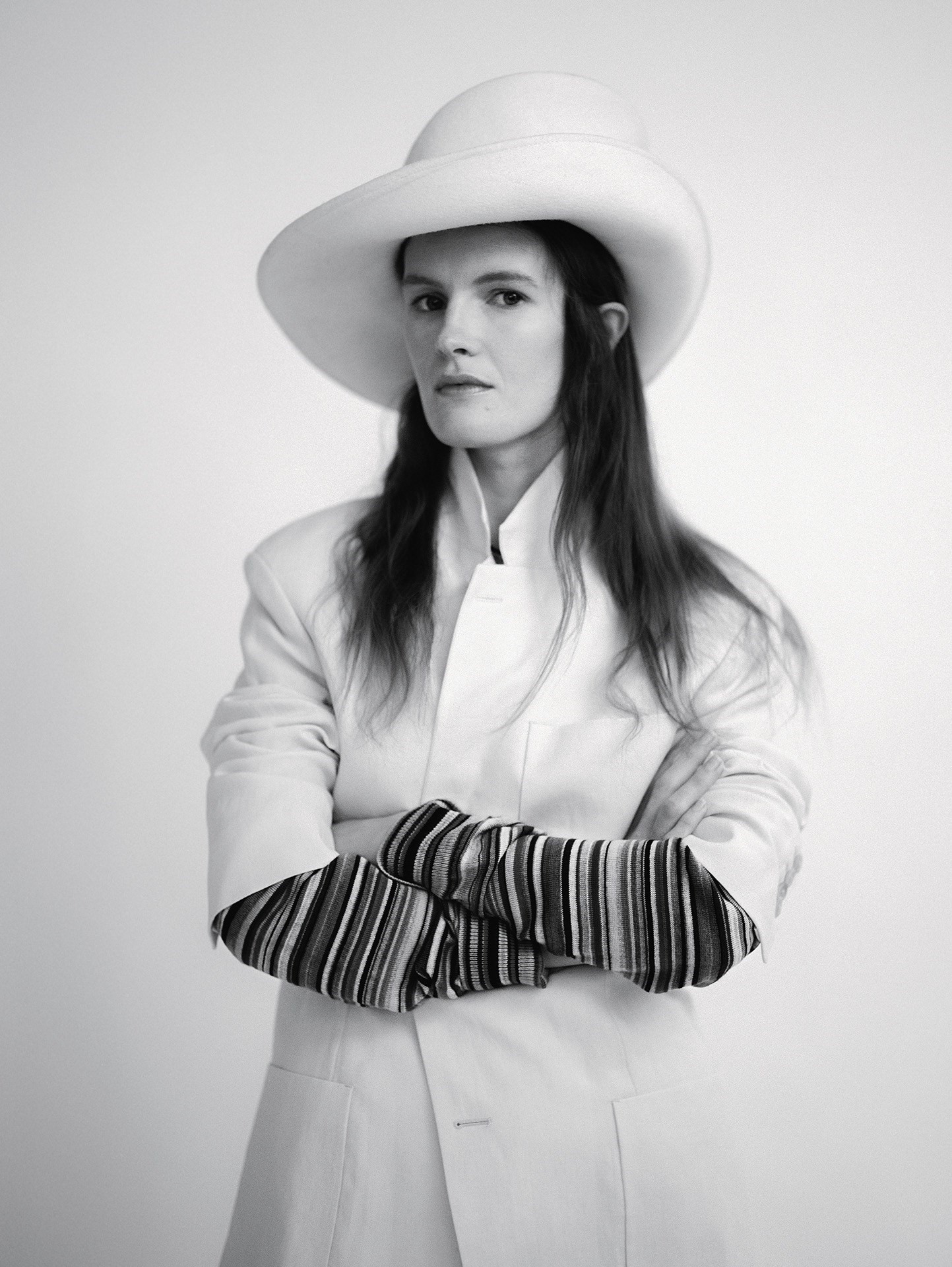
PS: I always talk about the “squirts of lemon”, which means what you just said. When you’re starting out as a young designer or a young creative of any sort, you’ve got to have a point of view, you’ve got to have that squirt of lemon, that thing that makes people say, “Oh, I see. Wow.”
PA: I do appreciate that, for most people, this has been such a terrible time and in the beginning, I was really worried about what was going to happen with my business, but the past year has been really good for me and the brand. So what’s keeping me positive is that I love my job and I really enjoy doing it, and to be able to do things like this is such an honour – I just concentrate on these things. Also, I’ve got a new studio now and my team has slightly expanded, so there are other things to be grateful for, too.
PS: My experience has been very different from yours because we have many thousands of staff around the world. Having 132 shops closed for three months is quite a headache, but we’re going to be all right – it’s just that it’s really hard work, working it all out.
I hope we learn from all of this – I hope we understand the priorities of being on the Earth – good manners, “please” and “thank you”, camaraderie, friendship, love, making the effort, and not just money money money, greed greed greed, power power power. God knows whether it will [get through to] some people, but certainly I think you and I have got our priorities right.
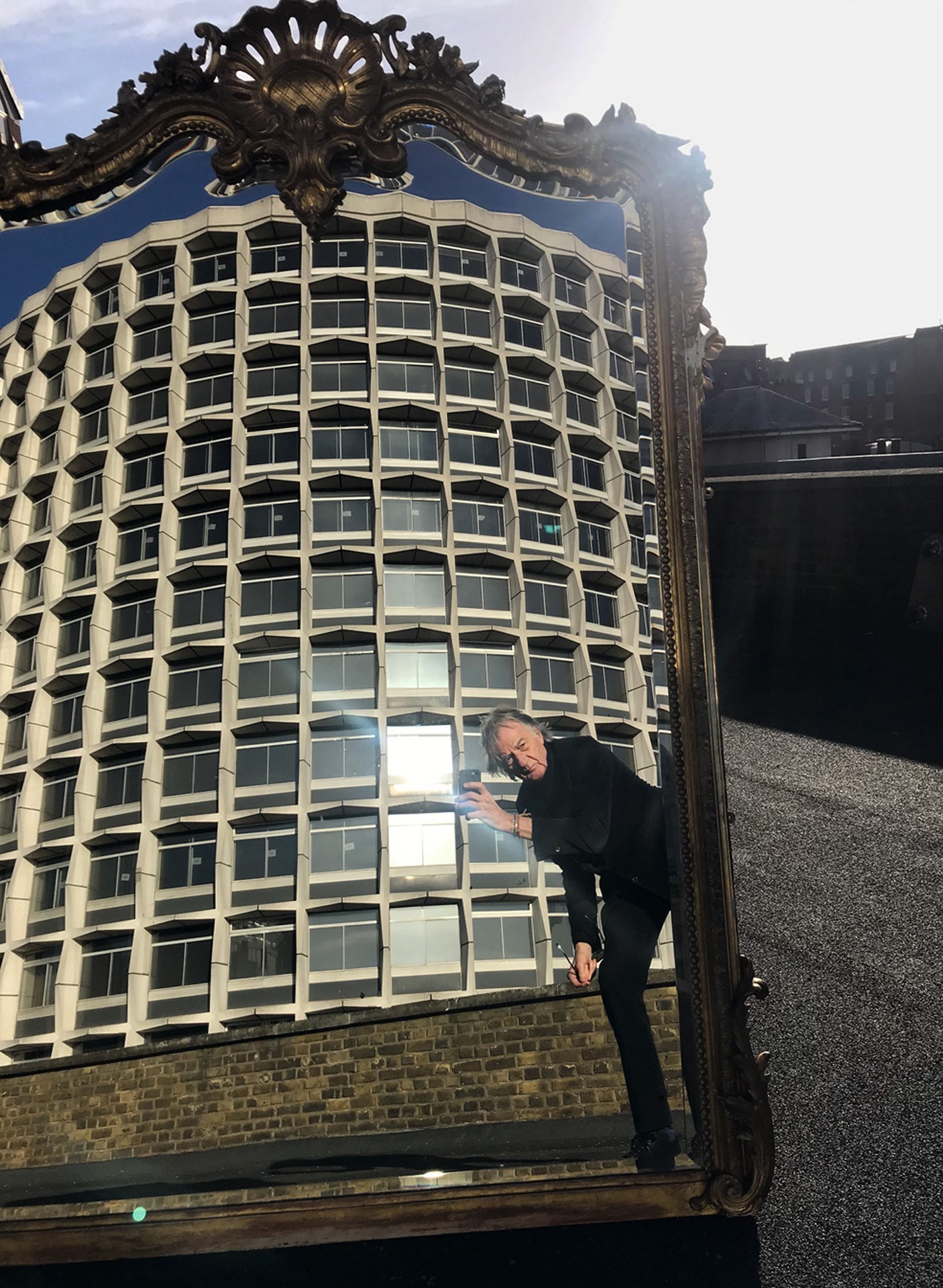
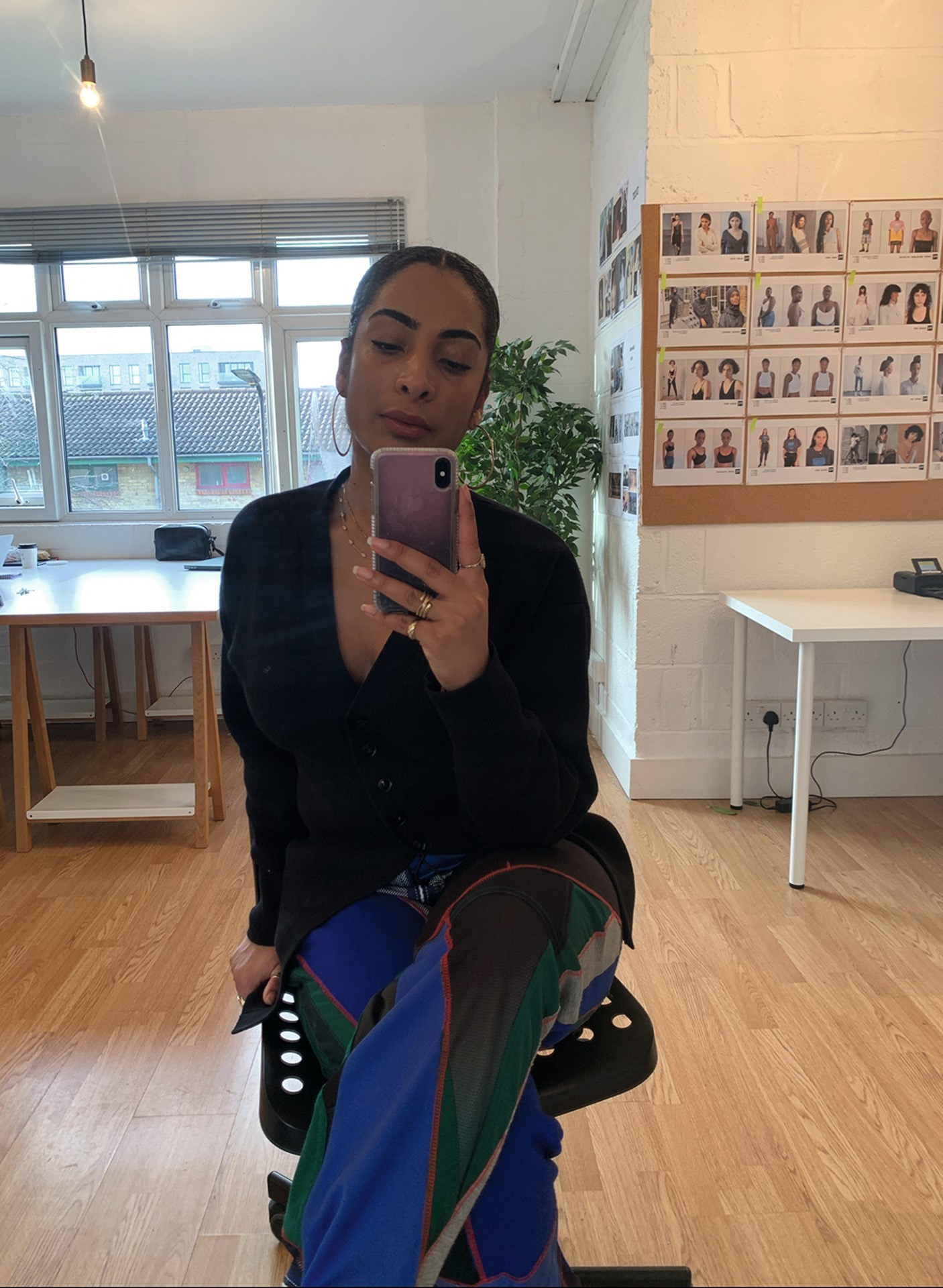
PA: I think so, too. I hope it makes us take stock of what is important and hope that this does filter through. I think that for a lot of people it will, I just worry that big businesses will get back to normal as soon as they can. But I hope that it plants seeds within business and people’s minds.
PS: I think you’re hopeful about your business too, because it’s like the start of a love affair, which is always exciting – having your own business and growing it. I’m hopeful about working together, too. That’s a lovely possibility.
Hair: Michael Harding. Make-up: Olivia Cochrane using GLOSSIER. Talent: Lily Ashley and Hugo Hamlet at Storm Artists, Stephen Anthony Davids, Miya Browne, Lavinia Co-op and Ranald Macdonald. Casting: Nachum Shonn. Photographic assistant: Barney Curran. Special thanks to artist Stephen Anthony Davids @sadstudioe15
